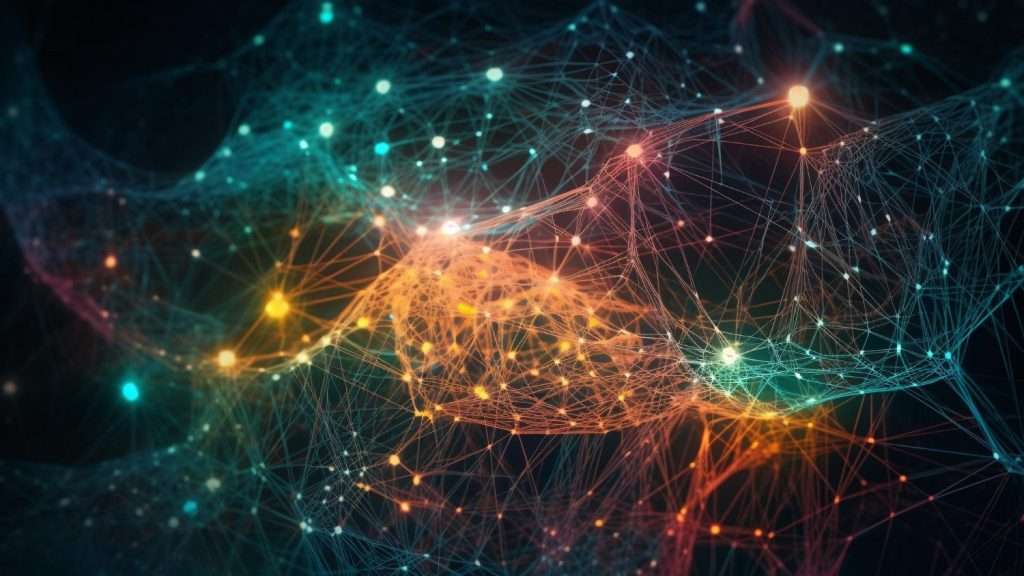In an era characterized by technological advancements and an increasing drive toward automation and optimization, one particular area has manifested great potential- Generative Artificial Intelligence. In particular, a methodology known as adversarial training has become prominent. This notion is interesting as it motivates a deeper exploration into the intricacies of this method, its algorithmic underpinnings, and reliability.
As you traverse through the article, you will gain an understanding of adversarial training and its link to generative AI. After digesting this knowledge, you will possess the necessary information to implement and enhance pre-existing systems within your environment, resulting in improved outcomes and increased overall efficiency and creativity.
Summary
- What is Adversarial Training?
- Algorithm Behind Adversarial Training
- Reliability of Adversarial Training
- Utilization of Adversarial Training in Generative AI
What is Adversarial Training?
In simple terms, Adversarial training relates to the enhancement of artificial neural networks’ robustness. Its foundation lies in the idea of reinforcing networks against adversarial attacks by training them using adversarial examples.
Concept of Adversarial Attacks
Adversarial attacks relate to the alteration of input data with the motive of manipulating the predictions of neural networks. Metaphorically, these attacks can be likened to a chameleon changing its color to deceive predators. An adversary carefully tweaks the input data to create adversarial examples that are virtually indistinguishable from the original data to humans but can disrupt the learning of the networks.
Christian Szegedy and his colleagues at Google demonstrated this in 2013 when they manipulated neural networks into misclassifying a panda as a gibbon by applying imperceptible perturbations to the original panda image 🐼. This research, accessible here, highlights the vulnerability of neural networks to adversarial attacks, emphasizing the importance of adversarial training.
Adversarial Examples
Adversarial examples refer to inputs deliberately crafted to induce errors in a neural network. They are frequently employed in adversarial training, akin to presenting an optical illusion to the neural network to perplex it.
In a study published by Ian J. Goodfellow and colleagues in 2014, they showcased an example of adversarial examples. The researchers added a certain noise (the adversarial examples) to the input images that led the trained model to classify the image incorrectly even though the added noise was almost imperceptible to human eyes. You can refer to the full study here.
Algorithm Behind Adversarial Training
The algorithm of adversarial training is essentially a loop that consists of updating the adversarial examples and training the model simultaneously. By incorporating adversarial examples into the training process, adversarial training seeks to improve the model’s robustness against adversarial attacks.
Danskin’s Theorem & Gradient Descent
Adversarial training utilizes the tactics of Danskin’s Theorem and gradient descent. Danskin’s Theorem facilitates the calculation of the gradient of a function encompassing a max term by finding the maximum and assessing the regular gradient at that point.
As a thought experiment, consider the gradient as a hiker trying to reach the peak of a mountain in the quickest possible way by following the steepest path. Danskin’s Theorem is like a bird’s-eye view map that guides the hiker toward the fastest, steepest path. The process of following this path is known as gradient descent.
Maximization Procedure
The effectiveness of adversarial training is greatly dependent on the maximization procedure. The key to adversarial training is to incorporate a robust attack into this inner maximization procedure, making the model less susceptible to adversarial attacks.
This can be correlated to a game of chess. The players (the model and the adversary) have to think several moves ahead to anticipate their opponent’s moves. In the inner maximization procedure, the model needs to anticipate future adversarial attacks and train accordingly.
Reliability of Adversarial Training
Adversarial training presents itself as a reliable method to enhance the robustness of models against adversarial attacks with certain limitations. It can work proficiently against sophisticated adversarial attacks, offering an effective defense against adversarial threats.
Trade-offs
While adversarial training significantly improves model robustness, it does come with its own share of trade-offs. The model’s performance might degrade on the clean, non-adversarial data due to an explicit focus on adversarial input during training. It’s like training a football team to resist only the rival team’s attacks while neglecting their own strategies.
Tsipras et al. (2018) demonstrated the robustness-accuracy trade-off in their report, concluding that adversarial robustness can occasionally conflict with typical generalization. You can review their study, available here, to gather more insights about this trade-off.
Selection of Attack Models
The effectiveness of adversarial training largely depends on the choice of attack models used during the training process. It becomes less effective when contradicting attack models are used, which makes the choice of attacks during the training phase essential.
Consider an athlete training for a multi-sport competition. If he trains only for swimming, he won’t perform well in the running or cycling events. Similarly, if the model is trained with one specific kind of adversarial attack, it might lack robustness against other types of attacks.
Utilization of Adversarial Training in Generative AI
Generative AI comprises models that can generate synthetic data mimicking real data. This includes music, images, or even text. The generated data is almost or completely indistinguishable from real data. Such models can greatly benefit from adversarial training to ensure their credibility and robustness against adversarial attacks. 🌌
Generative Adversarial Networks
Generative Adversarial Networks (GANs) are the epitome of the application of adversarial training in Generative AI. GANs consist of two neural networks- a generator and a discriminator. The generator creates fake data, and the discriminator evaluates it. The networks engage in a zero-sum game, continually enhancing themselves until the discriminator can no longer differentiate between real and fabricated data, ultimately resulting in the production of high-quality synthetic data.
For example, NVIDIA, a prominent technology company, utilizes GANs to produce lifelike human faces. These faces are virtually identical to actual human faces but are entirely generated by the GANs. You can learn more about NVIDIA’s approach here.

Building Reliable Synthetic Contents
Adversarial training can effectively enhance the reliability of synthetic content produced by Generative AI. These improvements can, in turn, present enormous possibilities ranging from more persuasive CGI in films to more accurate predictive models in different scientific fields.
A prime example of this is Project VoCo by Adobe, which uses adversarial training in deep learning algorithms to build reliable synthetic voice content. The tool, showcased here, is capable of generating synthetic speech in the user’s voice that is almost indistinguishable from their original voice samples, expanding possibilities in the domain of voice assistants and personalized customer interactions. 🧠
Conclusion
In conclusion, adversarial training is a significant methodology that fosters the robustness of neural networks against adversarial attacks. The article has expounded on its implementation, the underlying algorithm, and its reliability. We also delved into its application in Generative AI, specifically in the generation of reliable and high-quality synthetic content. Although adversarial training does come with certain trade-offs, its benefits surpass the limitations, making it an essential tool in the AI industry.
We hope that upon understanding this information, you feel prepared to address challenges related to the automation of content creation, foster creativity with AI, and streamline data-driven decision-making within your respective roles.
- The Agentic Startup Manifesto - June 8, 2025
- Remote Hiring in 2025 - April 5, 2025
- Burnout in Remote Teams: How It’s Draining Your Profits - January 27, 2025
